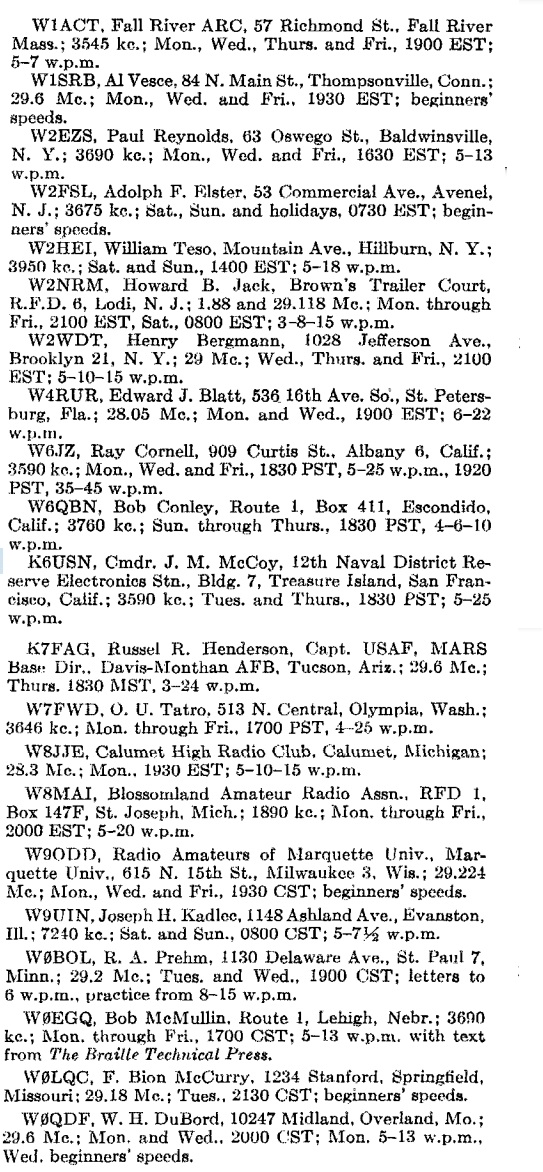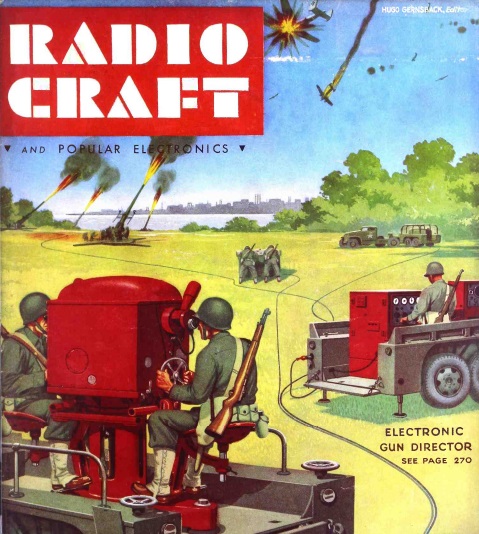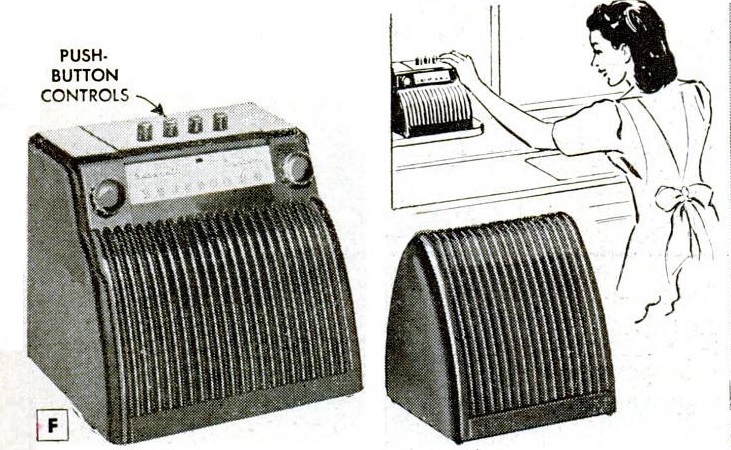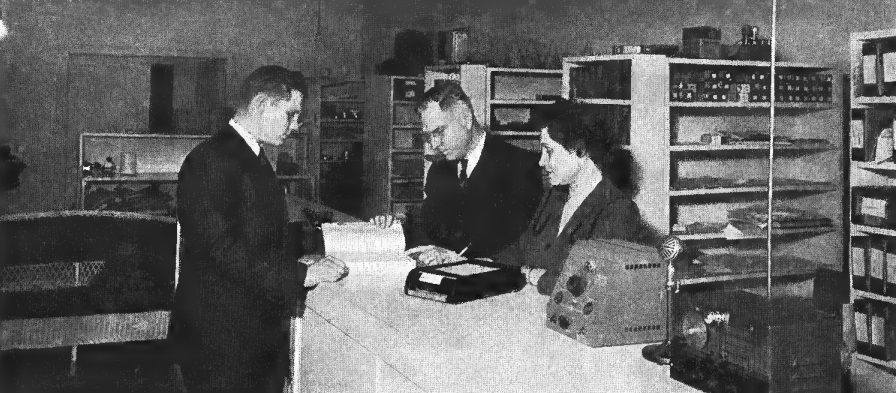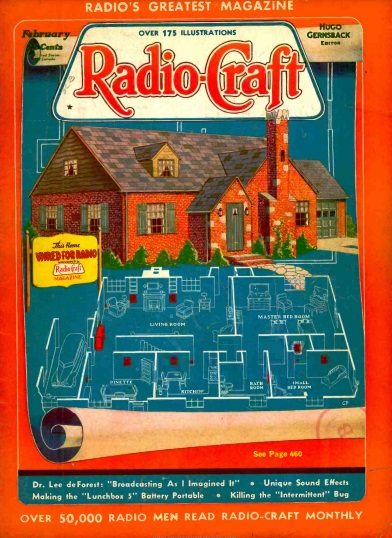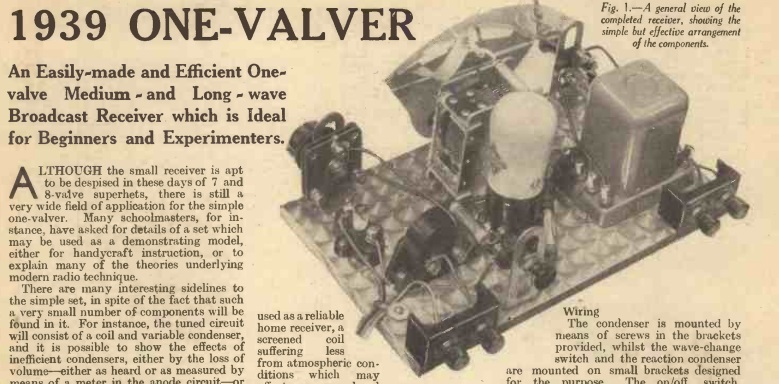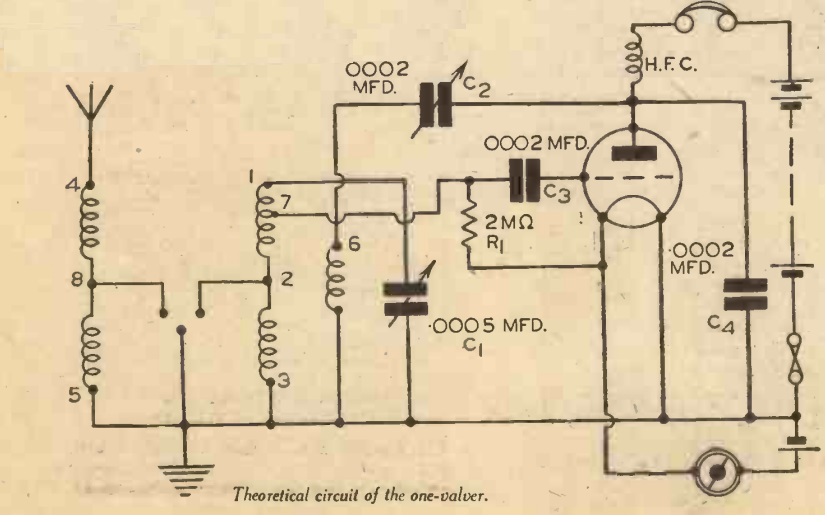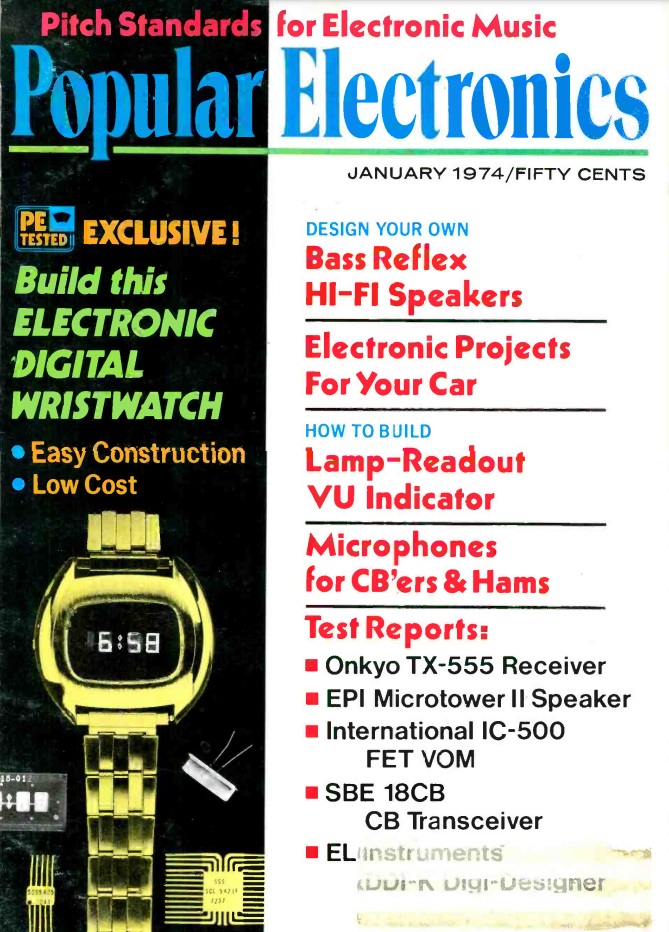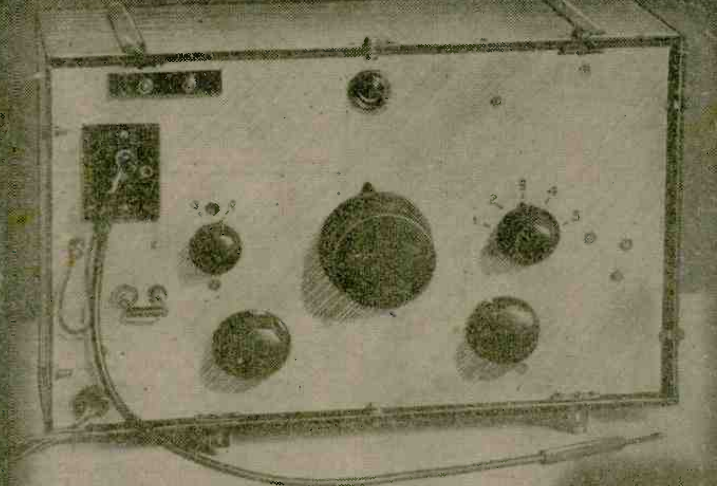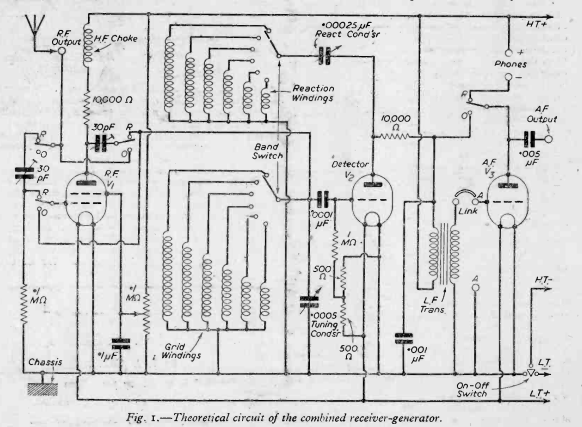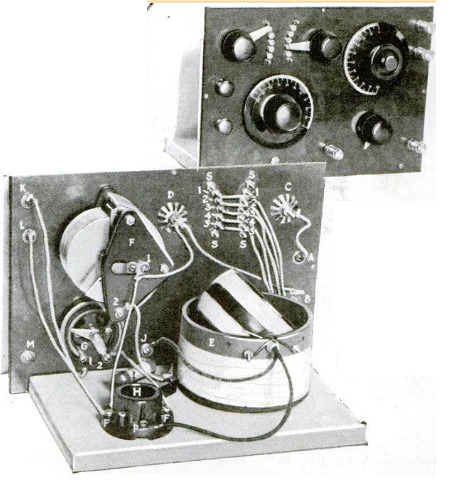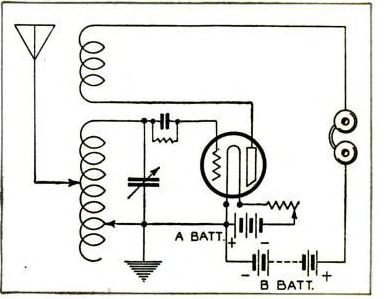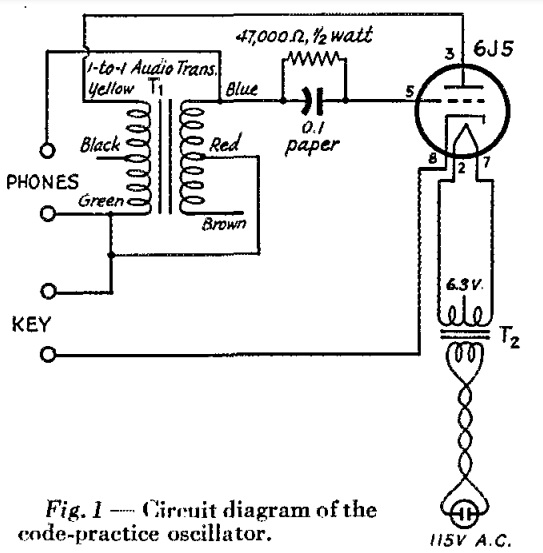
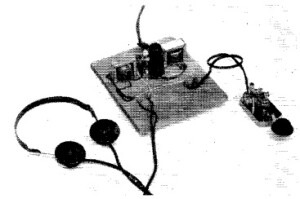 This schematic for a code practice oscillator appeared in QST 70 years ago this month, February 1954. The observant reader will notice that something seems to be missing.
This schematic for a code practice oscillator appeared in QST 70 years ago this month, February 1954. The observant reader will notice that something seems to be missing.
That’s right. There’s no apparent source of B+ power. The only power connection is to the filament of the tube. But it works anyway! According to an editor’s note, the circuit shows 0.2 volts between the cathode and plate, derived from the initial velocity of the electrons.
According to the same note, the only other circuit that works without any apparent plate voltage is a Tri-Tet crystal oscillator, This is explained in more detail in an article in the May 1941 issue of QST. According to that note, the oscillator “will run merrily without plate voltage from an external source so long as the circuit is complete.”
This code oscillator was designed by long-time ARRL staffer Lew McCoy, W1ICP, who then held the title of Technical Assistant. He noted that the electric buzzer was the traditional method, but “if you don’t live alone, the sound of an electric buzzer may soon grate on the nerves of the family or neighbors.” This inexpensive circuit allowed practice while still preserving peace at home.
The novel method of powering the oscillator meant that it could be built for less than six dollars, less than half the cost of commercial code oscillators. And after licensing, those parts could undoubtedly be put to use in other projects.
McCoy noted that while the circuit worked with all 6J5 tubes he tried, it was possible that a particular tube might not. In that case, the advice was to try another. He noted that the 6F6 pentode he tried, with plate and screen tied together, also worked.
The oscillator took care of the beginner’s need for sending practice. For receiving, he pointed out the W1AW code practice sessions, but also included a list of other stations with scheduled code practice. Many of these were operating on 10 meters. For example, W0BOL was sending code practice on 29.2 MHz Tuesday and Wednesday evenings from 1130 Delaware Avenue, St. Paul, MN.
